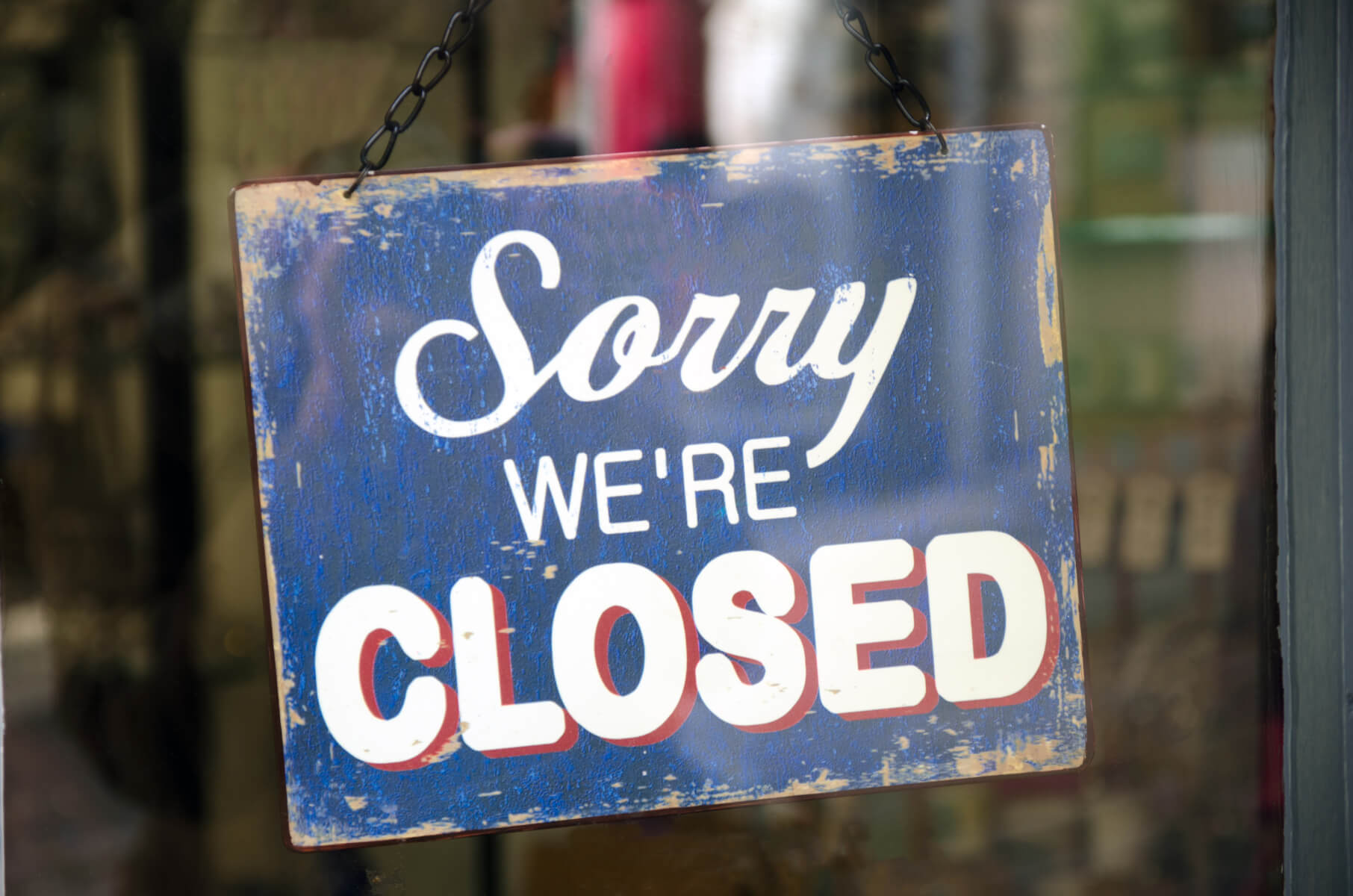The Shutdown
 Although Common Ground Solutions has only been around for two years, we’re already writing about a second shutdown of the federal government. If we’re lucky, things will be back up and running by the time you read this article, but if the last few weeks are any indication, resolution won’t come quickly.
Although Common Ground Solutions has only been around for two years, we’re already writing about a second shutdown of the federal government. If we’re lucky, things will be back up and running by the time you read this article, but if the last few weeks are any indication, resolution won’t come quickly.
The issues underlying the shutdown today are the same as last year. I detailed those issues in an op-ed at the time, and I could have just as well republished that op-ed today. Failing to follow a normal budget process. Holding the budget process hostage to other causes. An unhealthy obsession with bargains.
What we’re seeing – and what we see every time – is a power play by politicians on both sides of the aisle that results in a fundamental failure for our country. We’re at a juncture where no one involved will do anything without getting something in return. House Speaker Nancy Pelosi and Senate Minority Leader Chuck Schumer haven’t articulated why they can’t fund a wall in some areas along the border where it actually might do some good. The president is negotiating with himself over whether the wall is made of concrete or steel. Both sides seem to regard the act of finding common ground as a failure rather than a “win.”
This time, however, there’s a twist: this is a partial shutdown. Some Americans are feeling real pain, especially federal employees who have been furloughed and are missing paychecks, but the pain is bearable for many others. Some agencies, such as the Department of Health and Human Services, have been fully funded, while mandatory programs like Social Security, Medicare, and Medicaid aren’t affected by the annual appropriations process anyway. The post office is open. People are still able to use food stamps (for now, anyway).
If politicians calculate that Americans aren’t that angry about a partial shutdown, they have even less incentive to stop the theatrics and start funding the government properly through the normal appropriations process. In an insidious way, the partial shutdown approach might make government shutdowns more palatable, and increase the risk that Congress and the president use it more routinely in brinksmanship going forward.
Three weeks into this shutdown, the cracks are starting to show. TSA agents, who are required to work without pay during a shutdown, are calling in sick en masse. Our national parks potentially face years of damage from lack of maintenance during these weeks, and the Department of the Interior has been forced to tap entrance fees just to pay for routine things like trash cleanup. The food stamps that 39 million people rely on might run out by February. The Smithsonian museums are closed.
Whether the shutdown ends now or a month from now, Americans lose. If the closures drag on, the bearable pain might truly start to hurt. If the government reopens tomorrow, our elected leaders might start to think they can push us to the edge of a cliff every year, instead of simply doing their jobs and funding the government through a regular annual budget process.
This current shutdown has already lasted longer than the one we saw in 2013, which cost the American economy an estimated $24 billion. We can’t afford to keep running our government shutdown to shutdown. It’s time to stop living in Groundhog Day.
# # #
This article originally appeared in the January 12, 2019 issue of Wide Angle, our regular newsletter designed, we hope, to inform rather than inflame. Each edition brings you original articles by Common Ground Solutions, a quiz, and a round-up of news items — from across the political spectrum — that we think are worth reading. We make a special effort to cover good work being done to bridge political divides, and to offer constructive information on ways our readers can engage in the political process and make a difference on issues that matter to them.
Sign up below to receive future issues.
